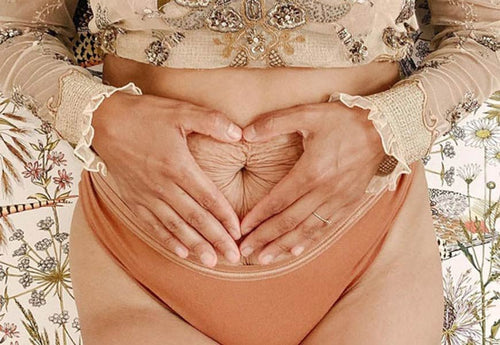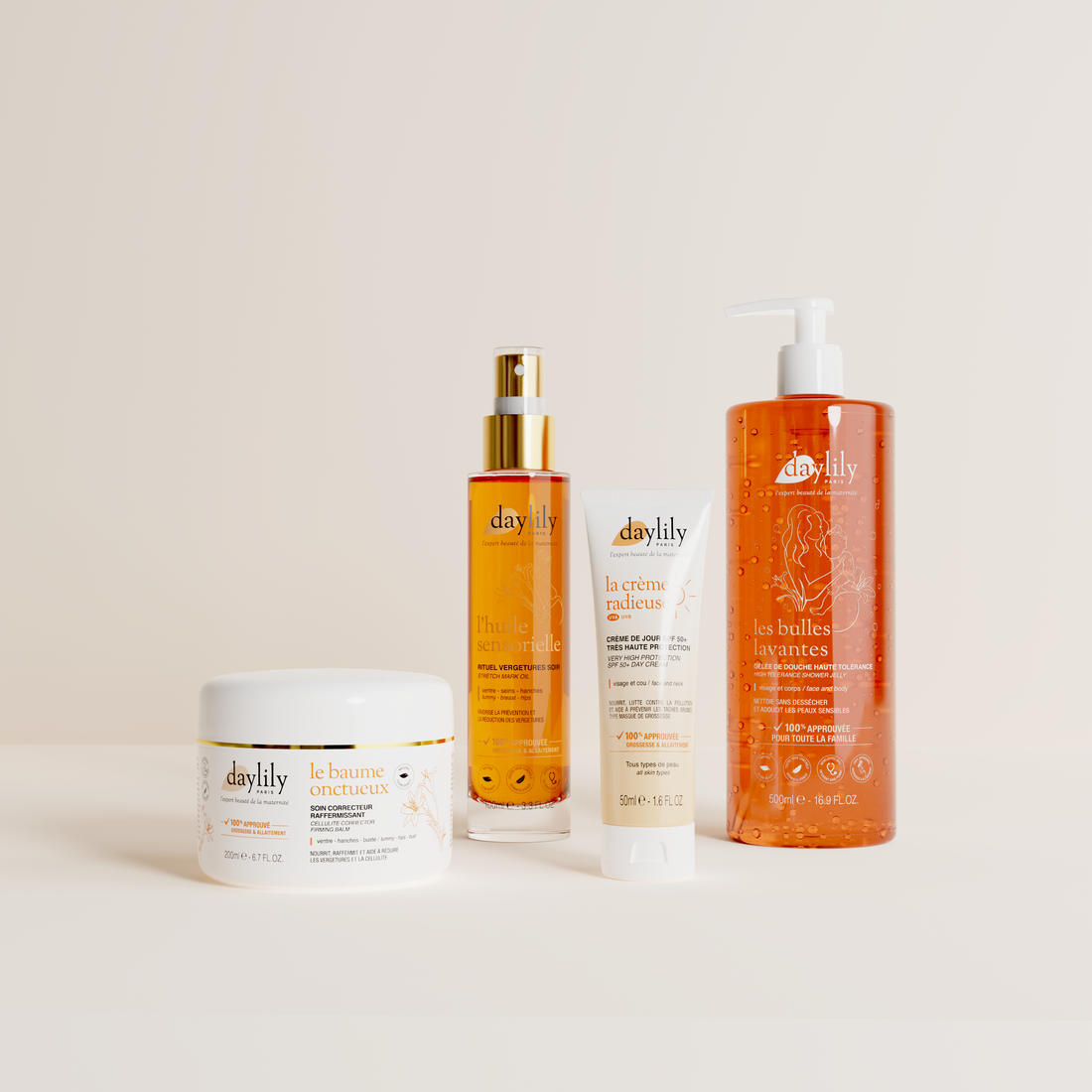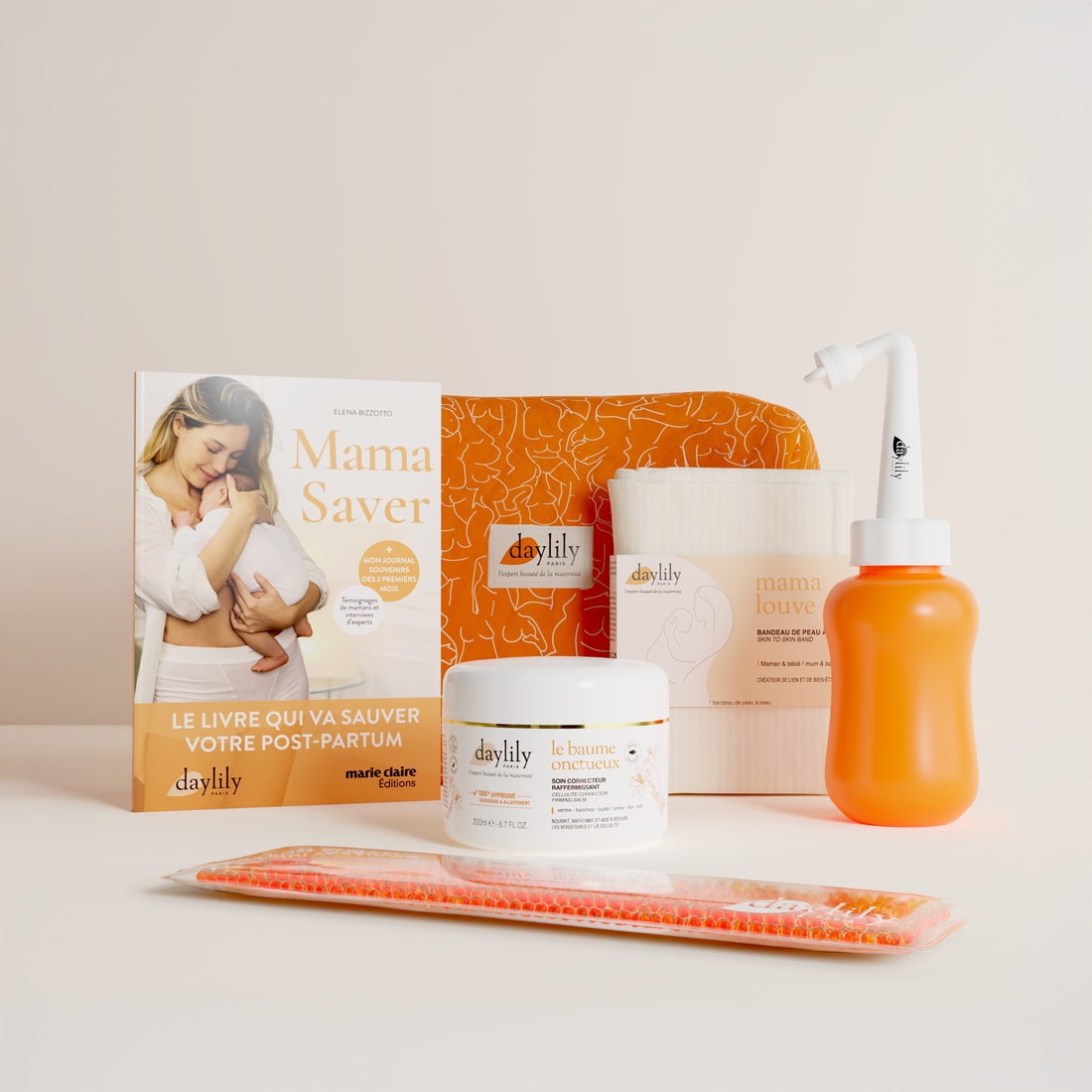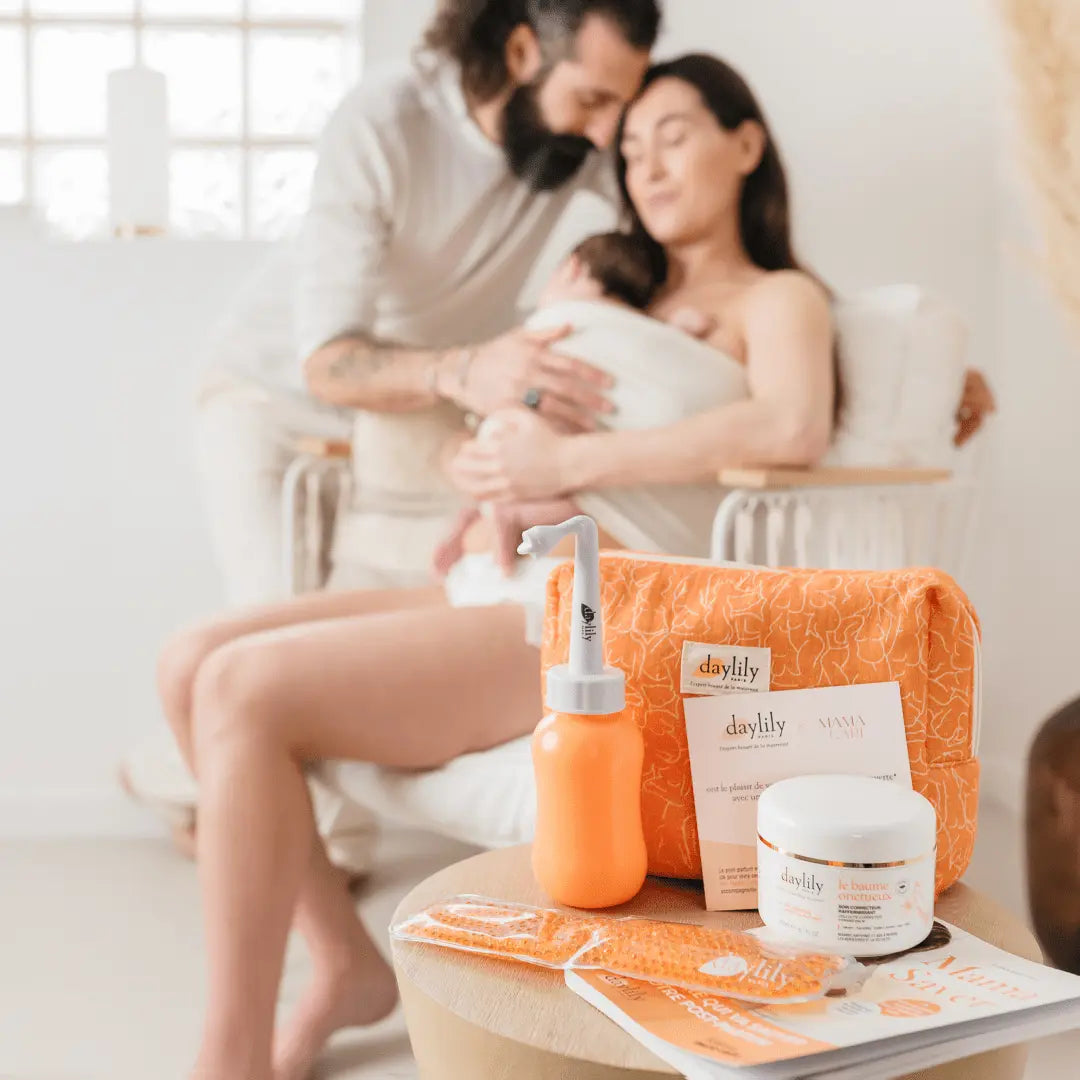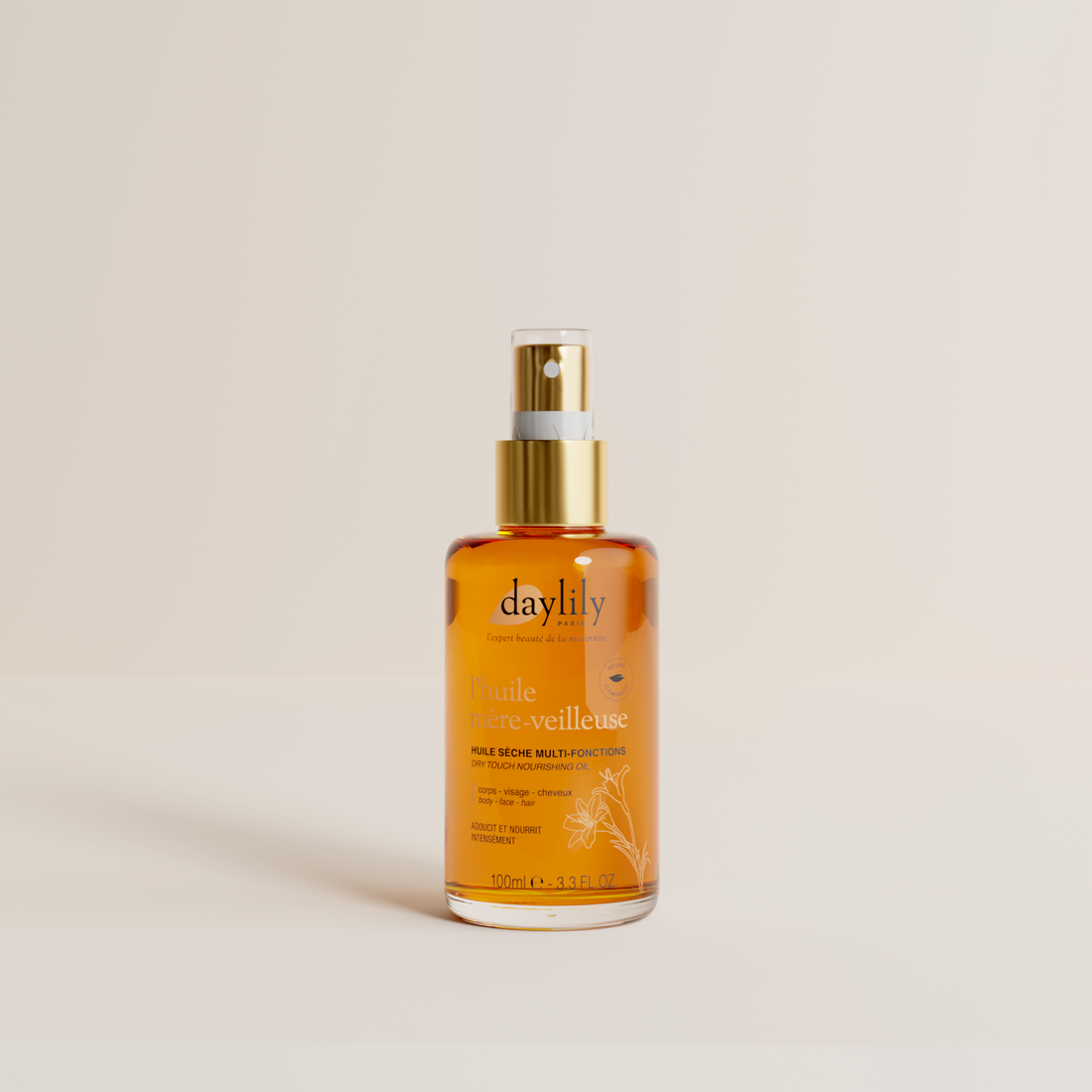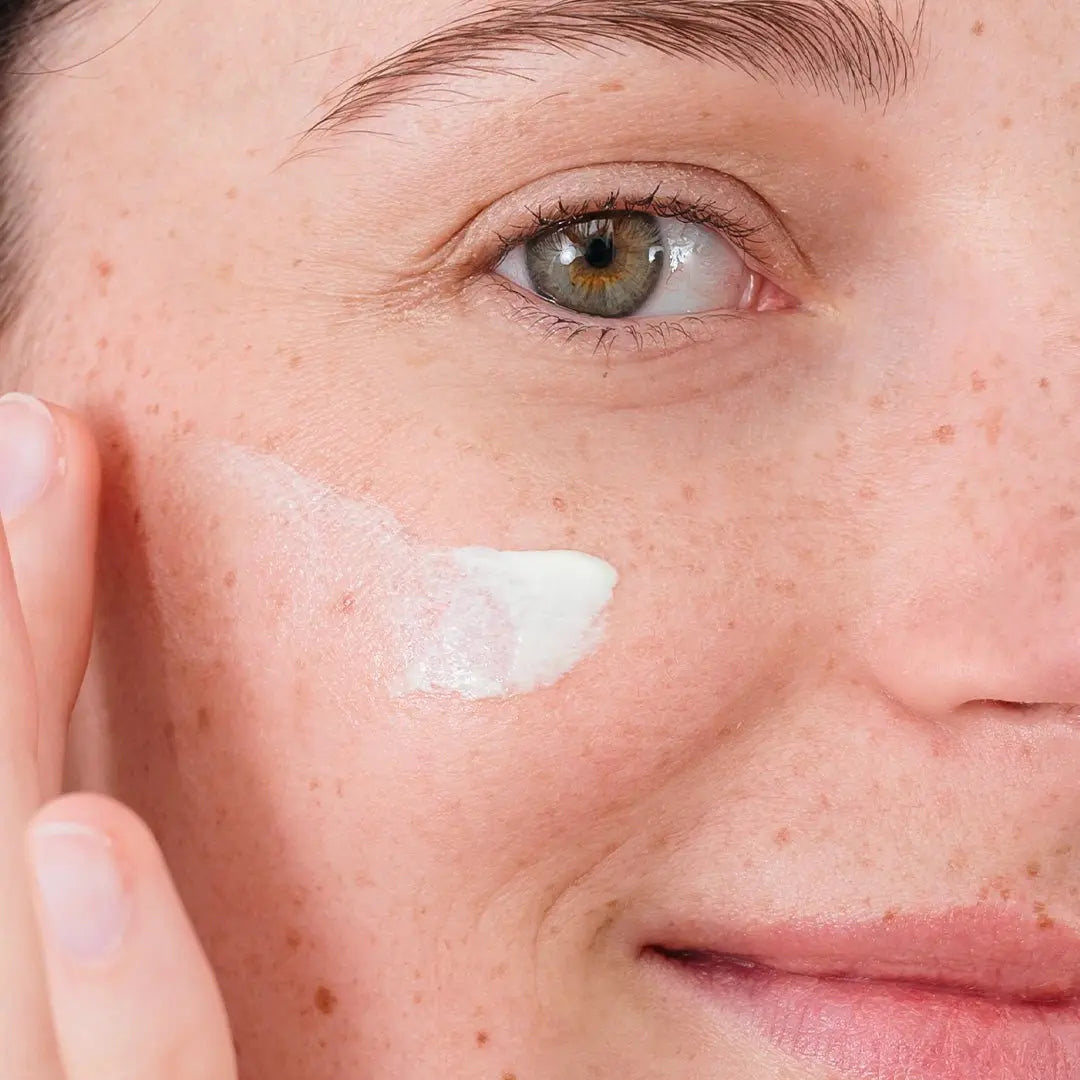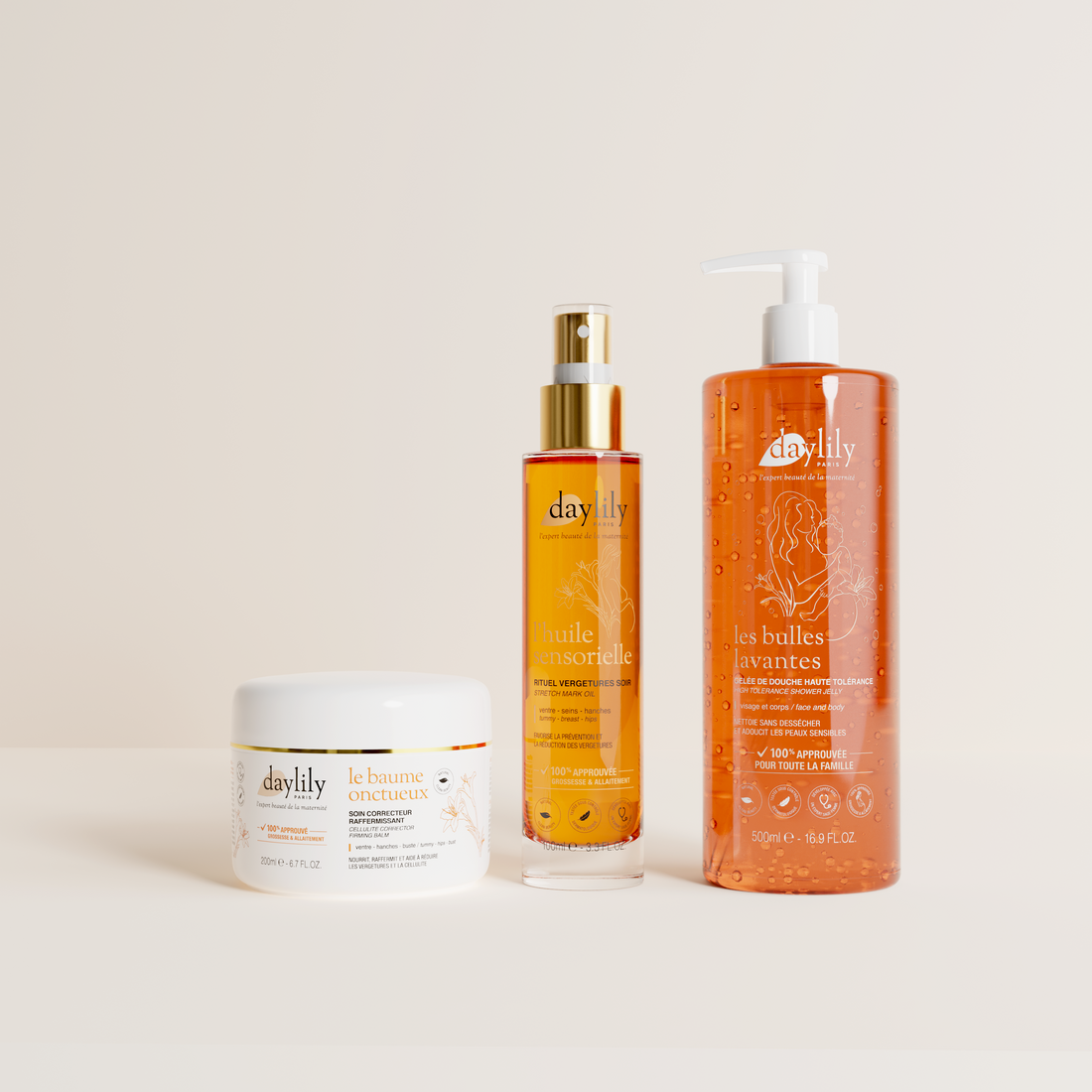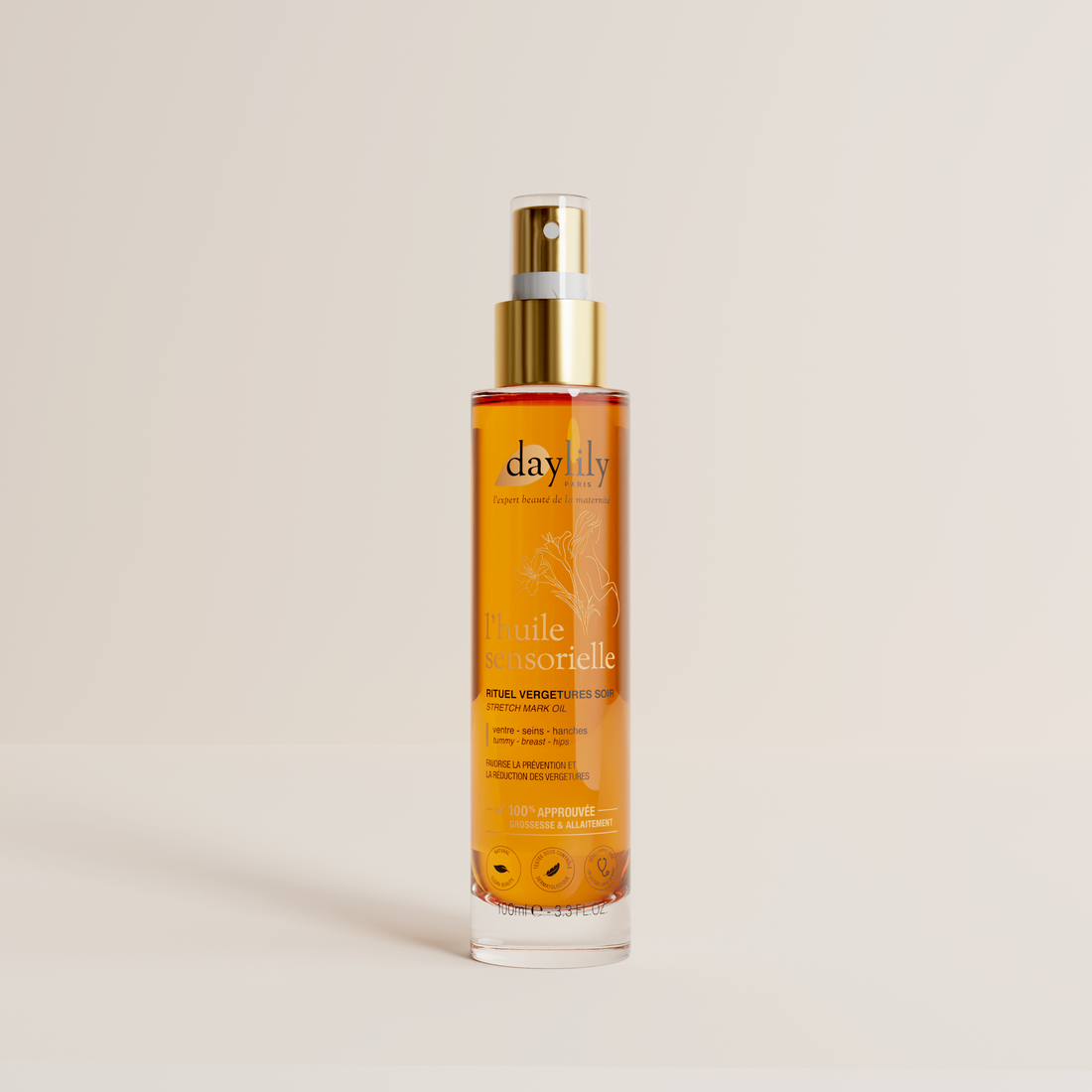
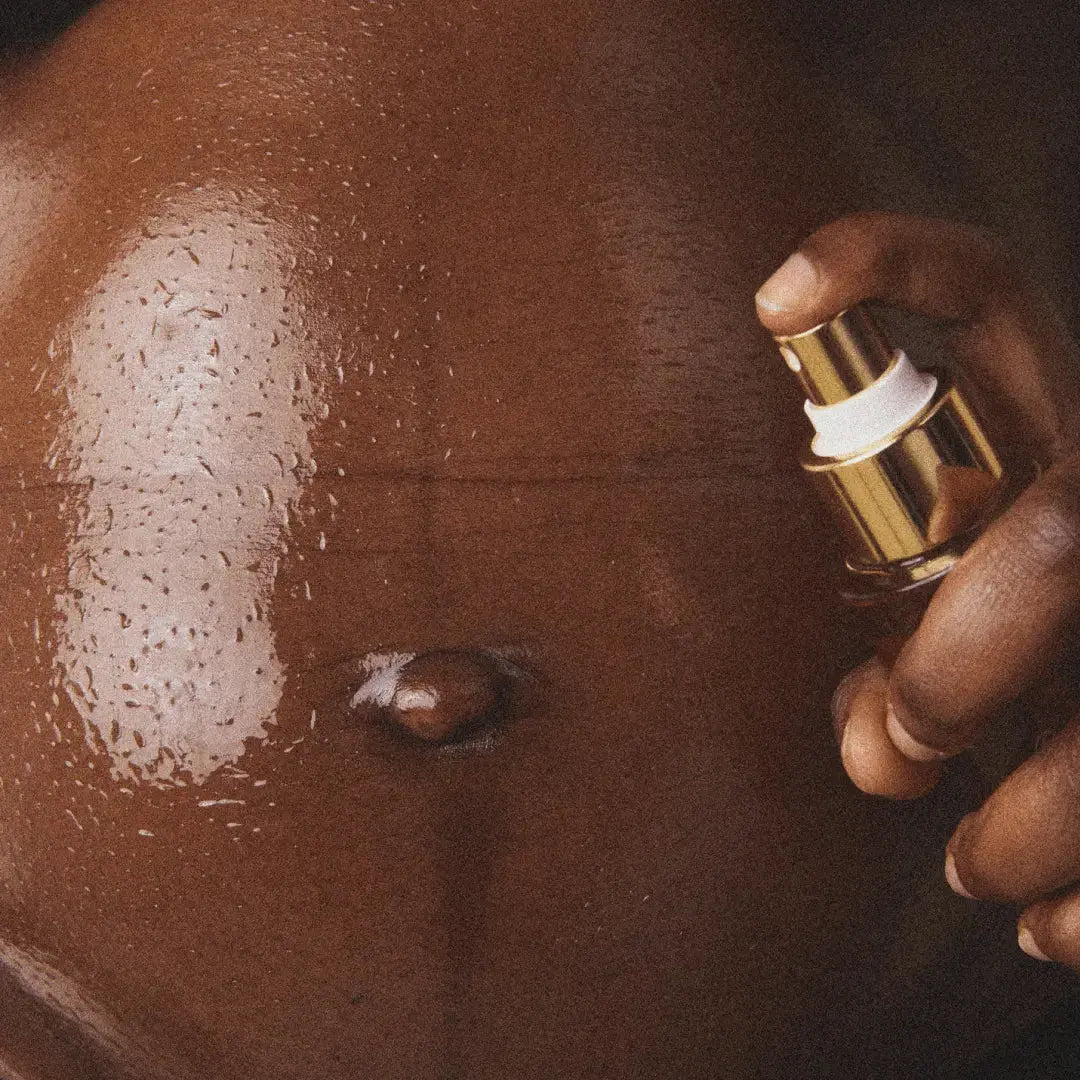
- Regular price
-
28,90 € - Regular price
-
- Sale price
-
28,90 €
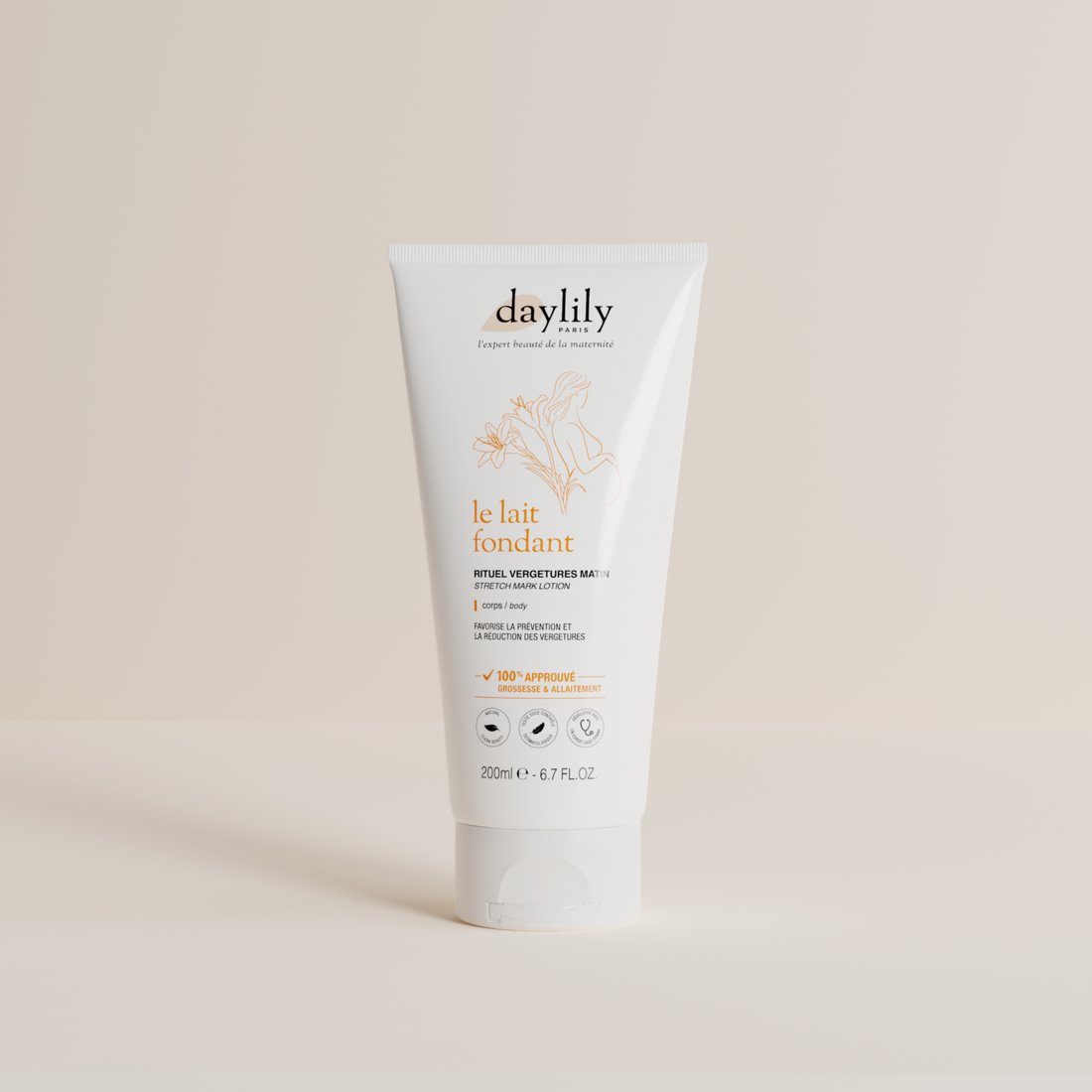
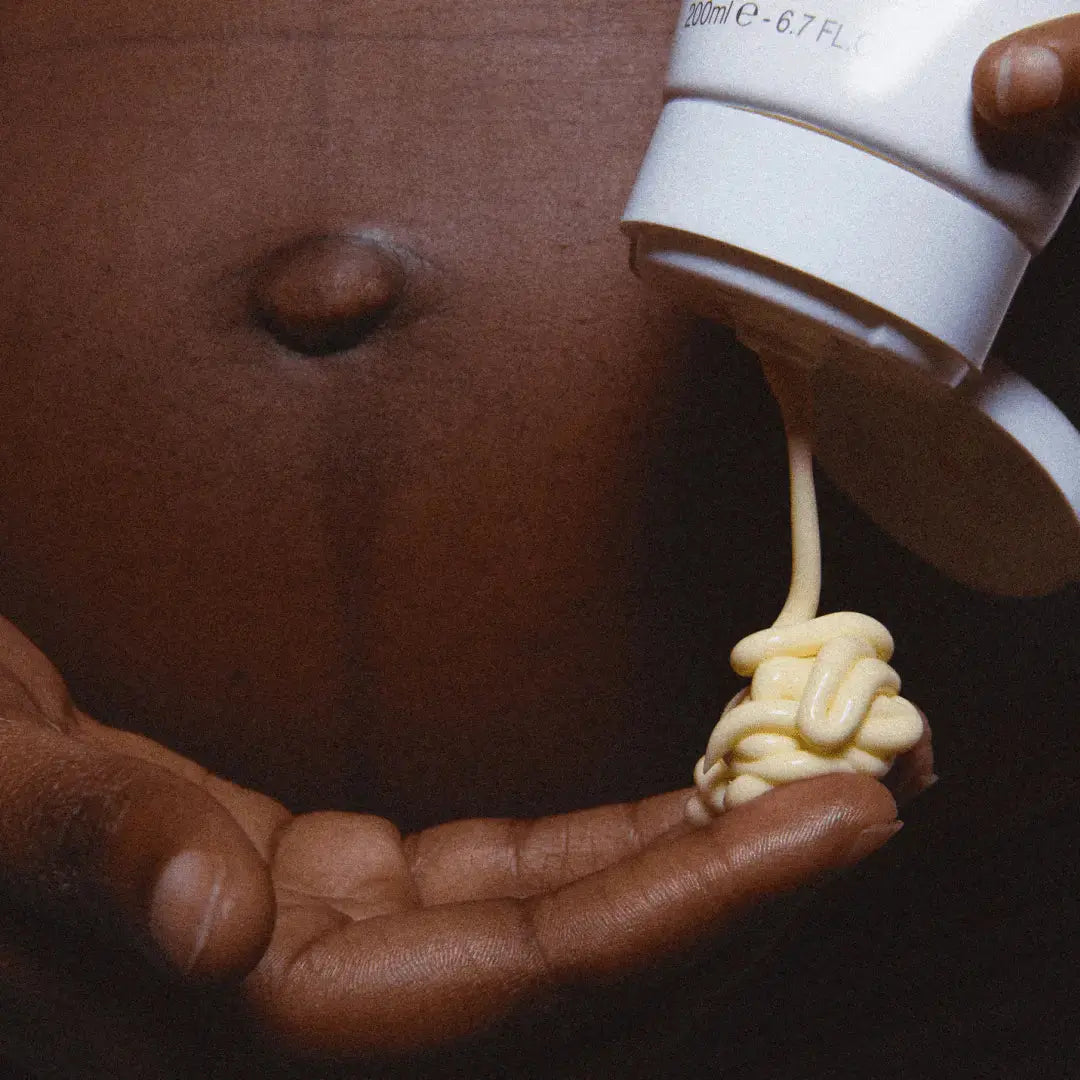
- Regular price
-
27,90 € - Regular price
-
- Sale price
-
27,90 €
- Make your post-natal visit to a gynecologist or midwife
- Do your perineal rehabilitation
- Favor gentle sports
- Don't forget to warm up and stretch
- Return to dynamic sports with reason
Make your post-natal visit to a gynecologist or midwife
This is the first step, essential before even considering returning to sport . The postpartum visit takes place six to eight weeks after the baby's birth . On this occasion, you will see your gynecologist or midwife again to take stock and check whether your body has recovered well.
Concretely, this will be an opportunity to review your childbirth, ask questions if you have any, and check the state of your postpartum perineum .
The perineum is this hammock-shaped muscle that supports the bladder, rectum and uterus. It is often damaged after the birth of a child: too weak, distended, it no longer exerts enough upward resistance to correctly contain the digestive, urinary and genital tracts.
Consequences ? Possible urinary leakage or, in the worst case, organ descent (called prolapse in medical jargon) which can ruin the lives of young mothers. There is therefore no question of resuming physical activity without first ensuring the tone of your perineum, and without having positive medical advice.
Do your perineal rehabilitation
A lucky few will have managed to maintain a toned perineum despite pregnancy and childbirth, but the reality is such that most women will need perineal rehabilitation before returning to sport!
Carried out by a midwife or physiotherapist , there are several methods (manual or mechanical with a probe, based on breathing, etc.), and we will suggest the one best suited to your situation and your desires. Classic perineal rehabilitation lasts on average 4 to 6 weeks : 10 sessions are covered by Social Security and are enough for the majority of women to regain a well-muscled perineum. Whatever the technique used, be diligent in the exercises proposed and wait for the green light from your healthcare professional before putting on your sneakers again!
In the event of a cesarean section (and sometimes even in the event of a low voice delivery), you will often be recommended to carry out abdominal rehabilitation following perineal rehabilitation before resuming sporting activity.
Favor gentle sports
This seems logical, but it is always good to remember: when you resume, take care of your body which has not experienced high-intensity physical exercise for several months. Return to sport gradually, focusing on low-impact physical activities, which will gently work your tendons and joints again.
Walking , for example, is an excellent option (it will also allow you to take long walks with your baby).
Swimming , the sport par excellence, allows you to exercise gently and enjoy the benefits of water without suffering traumatic impacts. If you are prone to back pain, opt for the crawl which does not dig into your lower back.
Road cycling is also perfect for a young mother who is getting back into sport, just like yoga and gentle fitness , which have the advantage of being able to be practiced at home, close to the baby! There are also more and more sports classes where babies are welcome…
Don't forget to warm up and stretch

You feel in great shape (and that's a good thing!) but don't forget that your body has been at rest for several months and needs a little time to adapt.
If you were sporty before your pregnancy, your muscles have certainly melted, you have lost flexibility, your tendons may be painful (even more so if you experienced pregnancy sciatica).
Take a few minutes to warm up slowly before your session and relearn your body about the effort. After sweating , don't forget to do a few gentle stretches, you will avoid sore muscles the next day, and gradually regain a toned figure!
Return to dynamic sports with reason
Is your thing running, crossfit, tennis, boxing and all high-intensity sports? Don't worry, you will be able to indulge in all these activities and consider a return to training once your perineum rehabilitation has been carried out according to the rules of the art.
However, there is no question of launching yourself into endless series of abs to find a flat stomach, or of running a 10 kilometer for a first outing. Resume gradually and at your own pace , increasing the intensity and duration of your activities each week if you feel good. You will gradually regain shape and breath, and limit aches and the risk of injury.
Also remember to vary the exercises, to work all the muscles and find a toned and balanced figure.
You will have understood, to return to sport after childbirth, the key word is progressiveness ! Give yourself time to build up your muscles (paying particular attention to your perineum), gradually increase your sessions in duration and intensity, and you will regain your pre-pregnancy figure and performance! Each metabolism being different, do not compare yourself to your girlfriend or your colleague, it will take as long as it takes.
If you had a vaginal birth, without complications, and you have carried out your rehabilitation seriously, you may consider returning to sport around two to three months after the baby's arrival . If you have had a cesarean section or an episiotomy, you will have to wait a few more weeks for the scar tissue to be properly closed and no longer painful.



